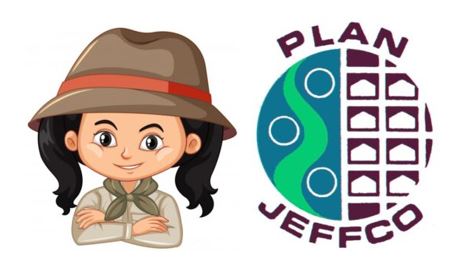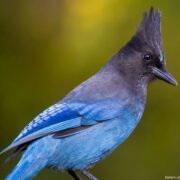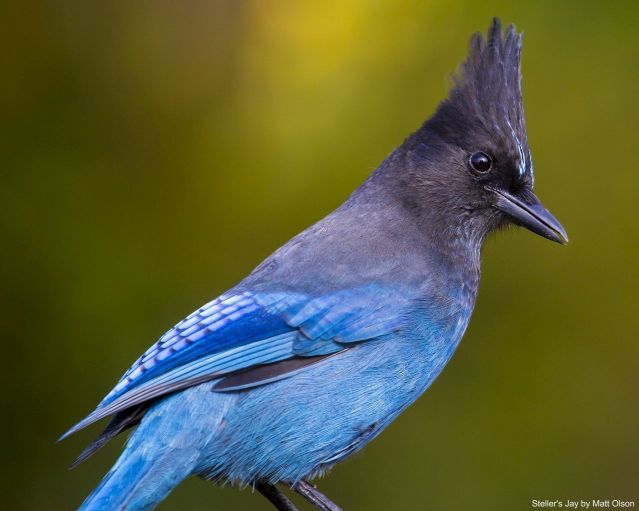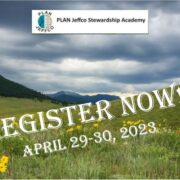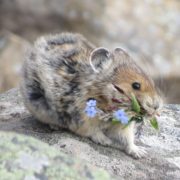20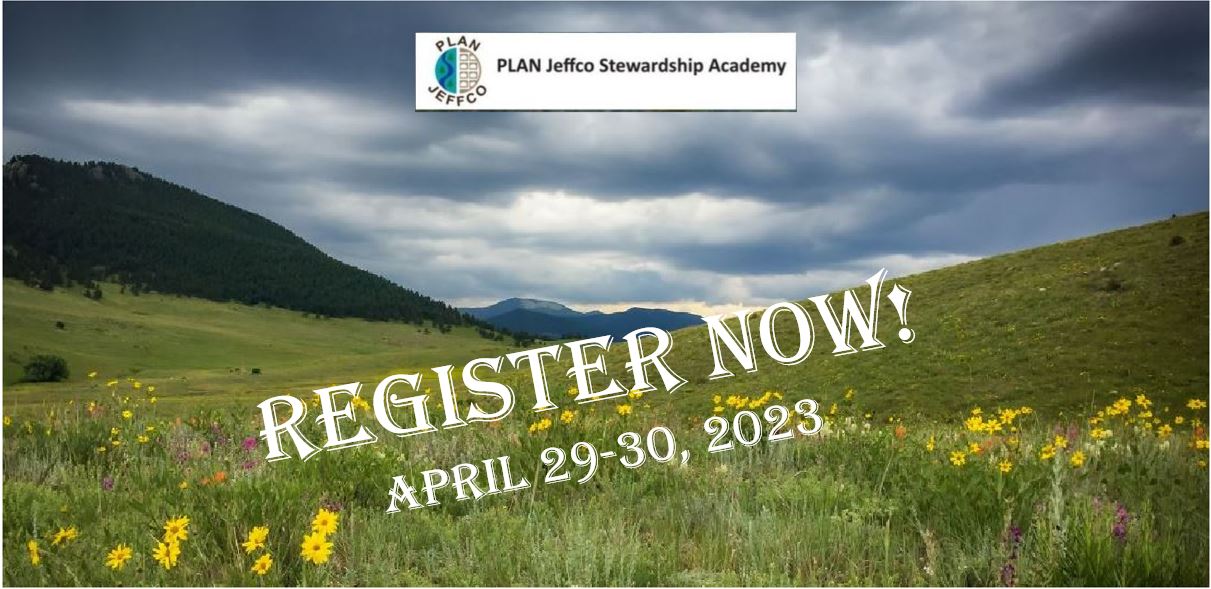
PLAN Jeffco Academy Presents: Stewardship of Open Lands
Do you want to learn more about public lands and how to preserve them for future generations?
Join staff from PLAN Jeffco, Jefferson County Open Space, Jeffco County Commissioner Lesley Dahlkemper, and Colorado Senator Lisa Cutter for a riveting and fast-paced day of learning and discussion at the second annual PLAN Jeffco Stewardship Academy, a one-day seminar open to the public, 9:00 AM to 4:00 PM, Saturday, April 29, 2023, at the American Mountaineering Center in Golden. Lunch included.
The Academy offers presentations by local experts in conservation, biodiversity, land management and stewardship, and how to advocate for open space lands. Engage with PLAN Jeffco Board members, Jeffco Open Space staff, Jeffco Commissioner Dahlkemper, Senator Lisa Cutter, and Carmela Montenegro of “Not Mad Just Misunderstood”, learn from their experiences, and enjoy meeting others who share your love of the land.
Topics include the history of Jeffco Open Space, physical and biological components of ecosystems, impacts of human population, visitor experience and trail courtesy, strategies for encouraging inclusivity, land conservation and grassroots advocacy.
There will be an optional Stewardship Day on Sunday, April 30th, at one of the Jeffco Open Space parks under the guidance of an Open Space Field Specialist.
In 1972, PLAN Jeffco launched the citizen’s initiative which created the Jeffco Open Space program, protecting from development more than 60,000 acres, comprising Open Space 27 parks.
Enrollment starts March 1 at https://tinyurl.com/ypv67yh9
Saturday, April 29, 2023, 9 AM to 4 PM
American Mountaineering Center, 710 10th St., Golden CO
$17 fee, includes a one-year digital membership with PLAN Jeffco — limited scholarships available.
For more information contact:
Co*******@PL********.org
Enroll now. Download planned curriculum HERE.
REGISTER
Connect to EventBrite to make your reservation,
or download this form, fill it out, and mail with your check for $17 to
PLAN Jeffco
11010 West 29th Avenue
Lakewood, CO 80215
Unsure about whether or not you want to participate in this Stewardship Academy? Not able to make it this time because of conflicts? No problem – sign up and we’ll keep you informed about future Academies as we roll them out.
*limited scholarship available upon request. Contact
ac*****@pl********.org
for more information.
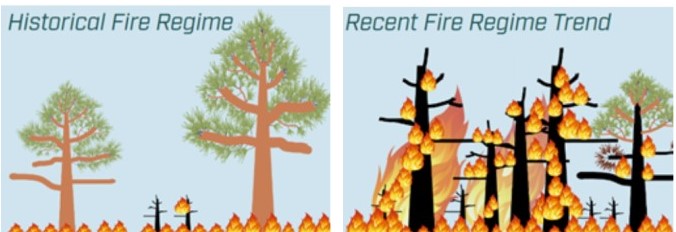

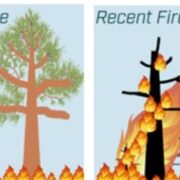
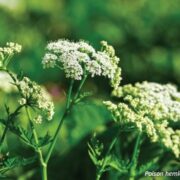
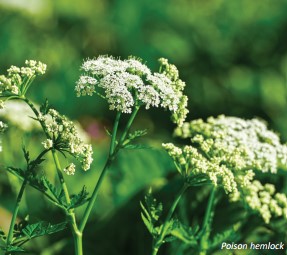 It’s time for a change of pace. Today we’re going to talk about two invasive plants that look so similar but which have drastically different consequences. Both can be found in our Open Space parks.
It’s time for a change of pace. Today we’re going to talk about two invasive plants that look so similar but which have drastically different consequences. Both can be found in our Open Space parks.